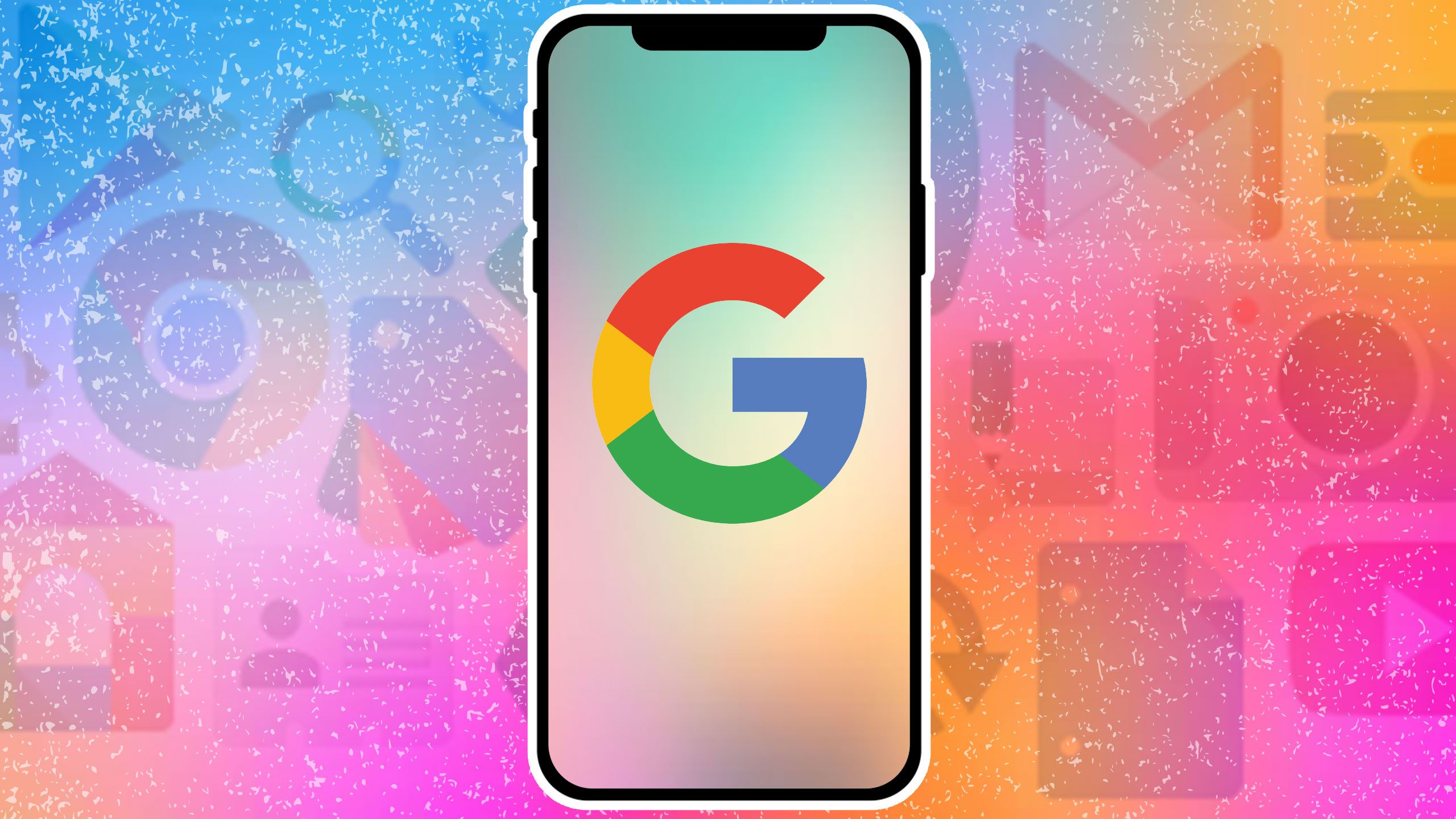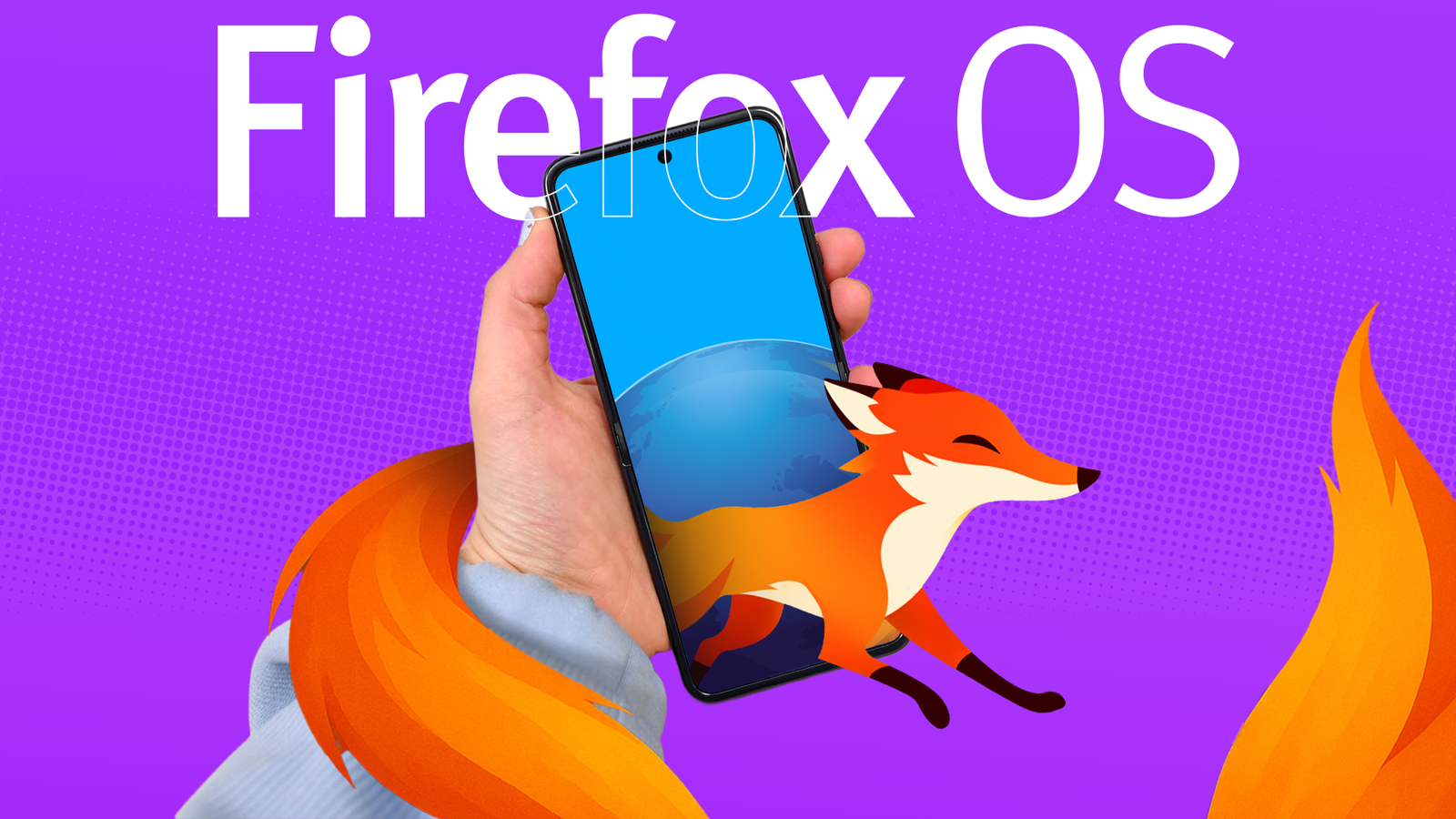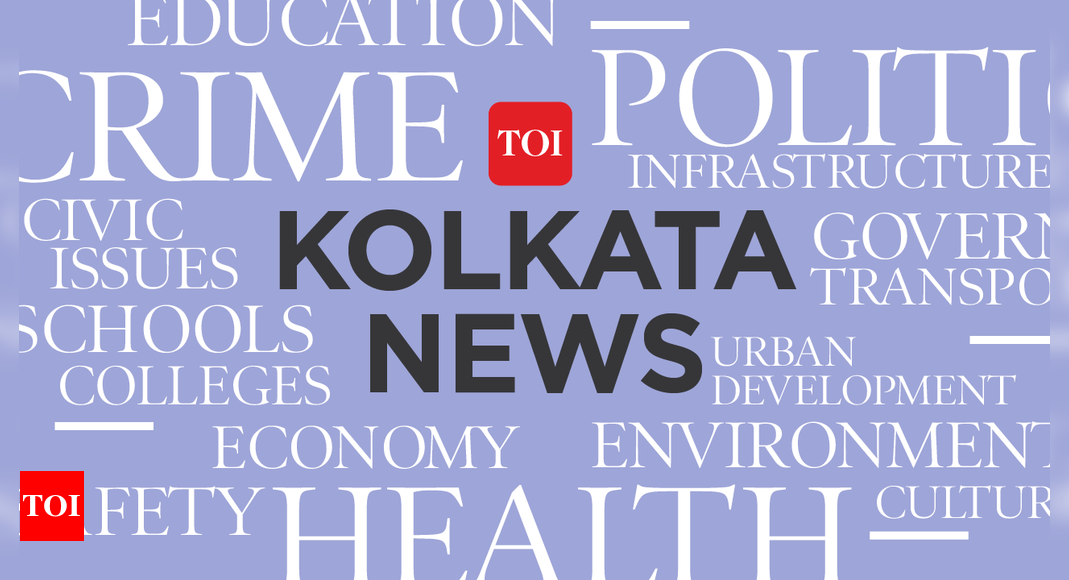We all have favorite apps on our home screens that are a joy to use. They open instantly, animations glide smoothly, and layouts make sense, so we never hunt for a button. They feel like natural extensions of the phone.
Google-designed apps set the Android gold standard. However, a new class of software from independent developers and small studios meets and sometimes surpasses this standard. Here are some of the top picks.
The traits that make an app feel like it’s from Google
Android apps that feel Google-made echo the visual language of Material You, even if they don’t technically use Android’s dynamic theming APIs.
Material You’s standout trait is a system that adapts UI colors based on the user’s wallpaper.
While not every third-party app taps into this engine, many replicate its look and feel through thoughtful design choices. Apps that adopt soft, neutral backgrounds, accent tones that mirror Android’s pastel palette, and elements like pill-shaped buttons or rounded cards.
Furthermore, apps that mimic Google’s quality standard respond instantly to every tap, swipe, and scroll with smooth, intentional motion. Get the small details right, and the app quietly convinces you it could’ve been built by Google all along.
Another hallmark of a Google-like app is that it doesn’t need to explain itself. From the moment you open it, everything makes sense. The layout is clean, the actions are obvious, and key features are exactly where you’d expect them to be.
This intuitive design occurs when an app sticks to familiar iconography and gestures, respecting established patterns. That frictionless experience is a signature of apps that feel like they could have come out of Google’s design lab.
6
Inware is proof that utility apps can be beautiful
Inware is a utility app that shows an Android device’s hardware and software specifications.
In a category often purely functional and visually uninspired, Inware is an exception. It was one of the first third-party apps to support Android’s dynamic theming system.
The app’s clean design organizes a dry and technical dataset into logically separated categories, such as System, Hardware, and Memory, each presented on a distinct card. This structure makes the information highly approachable.
It is free to use and contains no advertisements or in-app purchases, a rarity for such a polished app.
Each section is neatly laid out, with thoughtful use of white space, graphics, and consistent material-style iconography.
Although it uses a custom font, it gives the app character without violating the core principles of Material Design’s typographic scale.
5
Niagara Launcher’s minimalist design feels like Google’s future
Niagara Launcher is a minimalist Android launcher that boldly rejects the traditional grid of icons that has dominated Android. Instead, it offers a clean, single-column, list-based interface.
While Niagara’s core layout radically differs from the stock Pixel Launcher, its underlying principles and components don’t.
The focus on accessibility, the fluidity of its motion, personalization, and the intelligent, context-aware presentation of information all feel like a natural evolution of Google’s design goals.
It doesn’t feel like a copy of a Google app. Rather, it feels like a product from Google’s forward-thinking design lab, exploring what the future of the Android home screen could and perhaps should be.
The launcher is free to use and ad-free. A Niagara Pro upgrade is available for $14 per year for users who want more. This unlocks features like an integrated calendar and weather widget, custom font support, and more.
4
Bundled Notes is a notes app with Google-grade animations
Bundled Notes is a cross-platform productivity app for organizing notes, writing, lists, reminders, and to-do projects using a unique bundle system.
Bundled Notes is one of the best third-party implementations of Material You. The app has thoughtful micro-animations and vibrant colors, contributing to a made-by-Google feel.
For example, a pinned task glides to the top of the list with a bounce animation. The Bundle System is at the heart of how the app stays organized. Rather than dumping everything into one endless stream of notes, you create separate bundles.
You might have one for work projects, another for recipes, and one for your movie watchlist.
Each bundle acts like its own little notebook, and you can set it up as a plain note page, a checklist, or even a multi-column Kanban board.
Bundled Notes is freemium. A Pro subscription costs $2.50 per month and unlocks the web app for desktop access. It also removes the limit on the number of bundles and provides 15GB of storage for files and photos.
3
Tapet is a wallpaper app that plays with Material You
Tapet is a wallpaper application with a unique approach.
Unlike virtually every other wallpaper app on the market, Tapet does not rely on a cloud-based library of pre-made images. Instead, a procedural generation engine creates original, high-resolution, vector-based wallpapers.
Tapet feels like it was built by the same team that engineered the monet color extraction engine. It’s a creative playground that eventually sources the system’s theming engine.
This is a great example of what Material can do, since the theme updates as soon as the wallpaper changes.
The app’s user interface is a study in minimalism. It focuses on the generated artwork, using simple, intuitive swipe gestures and clean components for its controls.
The premium version costs a one-time fee of $4 and unlocks additional patterns and features.
2
Wavelet offers pro-grade audio tuning with Google-style user-friendliness
Wavelet is an audio equalizer. Its headline feature, AutoEq, offers access to a database of over 5,000 pre-calculated optimizations for headphone models.
It also features a 9-band graphic equalizer and audio effects for those who prefer manual control.
Many of Google’s most successful products, like Google Translate, excel at taking complex technologies and presenting them in a simple and almost magical user experience. Wavelet achieves the same for audio equalization.
Its application of Material You principles, notably to its data visualization elements like the EQ graph, is what you would expect from a first-party developer aiming to make a professional-grade audiophile tool.
The core features are free, but a one-time in-app purchase unlocks extra effects and helps support the developer.
1
Pocket Casts is better than Google Podcasts in every way
Pocket Casts is a podcast listening platform built by listeners, for listeners.
As Google phases out its standalone Podcasts app and favors the less focused YouTube Music, Pocket Casts has become one of the go-to alternatives for dedicated podcast fans.
While Google Podcasts was appreciated for its simplicity, it lacked depth. Pocket Casts fills that gap with rich features, including advanced filtering tools, a curated Discover tab for finding new shows, and powerful playback controls.
Pocket Casts previously received the Google Material Design Award.
Its player screen uses dynamic theming to draw colors from the currently playing podcast’s artwork, giving each show a unique visual identity.
Moreover, its widgets support Material You, adapting to wallpaper with dynamic color matching.
The app also feels Google-like because of the seamless browsing and cross-platform synchronization.
You can listen to half of a podcast on your Android phone and later pick up where you left off through the web player on another device.
For $4 a month, you unlock extras like 20GB cloud storage, Apple Watch and Wear OS support, custom themes, and more.
Users are rewarding design that respects their time
These applications’ success signals a shift in the mobile software market.
People are happy to pay fair one-time purchases or subscription fees. They’re willing to support developers who offer an ad-free, privacy-respecting experience built with care, especially when the app outperforms stock Android alternatives.
When an app feels indistinguishable from something Google would make, users stop seeing it as just another download. They begin treating it as essential.


